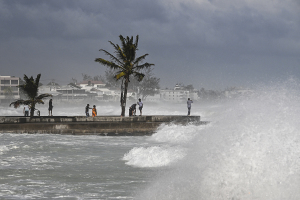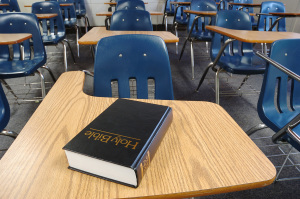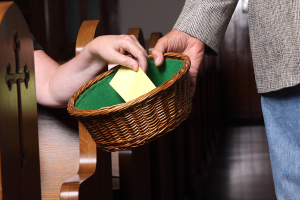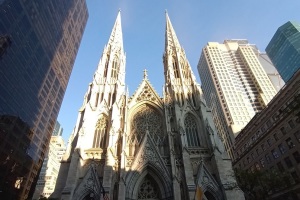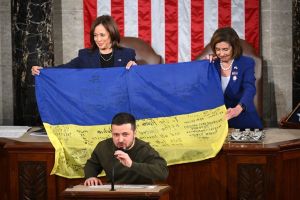Emphasis on Mongolia from Korean Methodists
A seed that was planted in Korea 100 years ago is taking root in Ulaanbaatar, Mongolia, today.
Korean United Methodists in the United States have raised $100,000 to build an information and training center in Mongolia. The United Methodist Board of Global Ministries will contribute another $100,000.
"The Korean United Methodist community decided to undertake this task because 100 years ago the Korean Christians were the receivers and now we have the opportunity to be the givers," says the Rev. Jong Sung Kim, executive with the Board of Global Ministries and director of the Korean American Centennial Planning Council.
The first group of Korean Christians in Hawaii came from Inchon Naeri Methodist Church, leaving the port of Inchon on Dec. 22, 1902, and arriving in Honolulu Jan. 12, 1903. To commemorate the event, a celebration will be held April 24-27 in Hawaii.
The theme of the celebration is "To Remember the Past, Celebrate the Present and Envision the Future." Raising funds for the Mongolian mission center will be part of the celebration, Kim says.
In April 2002, a group of more than 20 clergy and lay people representing the Korean American United Methodist Church visited Mongolia to study the needs of the people and find a location for the center.
The Rev. Kwang-Jin Kim, pastor of the Los Angeles Korean United Methodist Church, was part of the group that went to Mongolia.
"The (Mongolian) people are so happy the United Methodist Church is helping them," he says. "Mongolian and Korean people look alike, our languages are similar, and our culture is very similar.
"When we worshiped together in the Mongolian church, we felt the oneness not only in spirit but in many ways."
Visiting Mongolia made members of the group happy with their decision to join with the Board of Global Ministries in their mission to that country, he says.
Christianity was not present in Mongolia until the 1990s, Jong Sung Kim points out.
In talking to government officials and representatives of various organizations, the group realized that there is both a need and openness for the involvement of the United Methodist Church in Mongolia, he says.
The new center will serve as a resource and training site for diverse areas of personal and community life.
The Rev. Sang Yean Cho, editor of United Methodists in Service and a member of the group that visited Mongolia, said the Wesleyan spirit of caring for the spiritual as well as social justice issues for individuals will be the model used at the mission center.
The proposed center will address several main areas of concern, including:
The establishment of United Methodist churches.
Leadership training for clergy.
Age-level ministries for children, youth and older adults.
Computer and job training, especially in the medical and health fields.
Special ministries to deal with alcoholism and other social problems.
The Board of Global Ministries has assigned Helen Sheperd as a missionary to Mongolia. She will spend time in language study, develop ways to communicate with the government, explore possibilities for online services, and address other technical details that will need to be worked out.
Participants in the 2002 visit have formed a mission support group to ensure that the Korean Methodist community provides ongoing support for the center and the church’s work in Mongolia. The group plans to raise $60,000 a year to support that ministry.
Work is under way to purchase the land. A Korean-American retired lay construction worker from the Los Angeles Korean United Methodist Church will go to Mongolia to oversee the beginning of the construction.
"This is a very significant project," Jong Sung Kim says. "Korean United Methodist churches are actively involved in missions, but oftentimes they go on their own without going through the denominational channel.
"This is the first opportunity the Korean community has taken on a massive scale to be in a mission with the United Methodist Church. This is an option we offered to the Korean community, and they responded. This model will continue in other venues around the world," he says.
Since its beginning in 1903, the Korean-American United Methodist community has grown to more than 420 congregations with 100,000 members. More than 540 Korean-American clergy are serving in Korean-speaking churches, cross-racial appointments, and general boards and agencies. That includes more than 100 Korean-American clergywomen.
By Kathy Gilbert
















